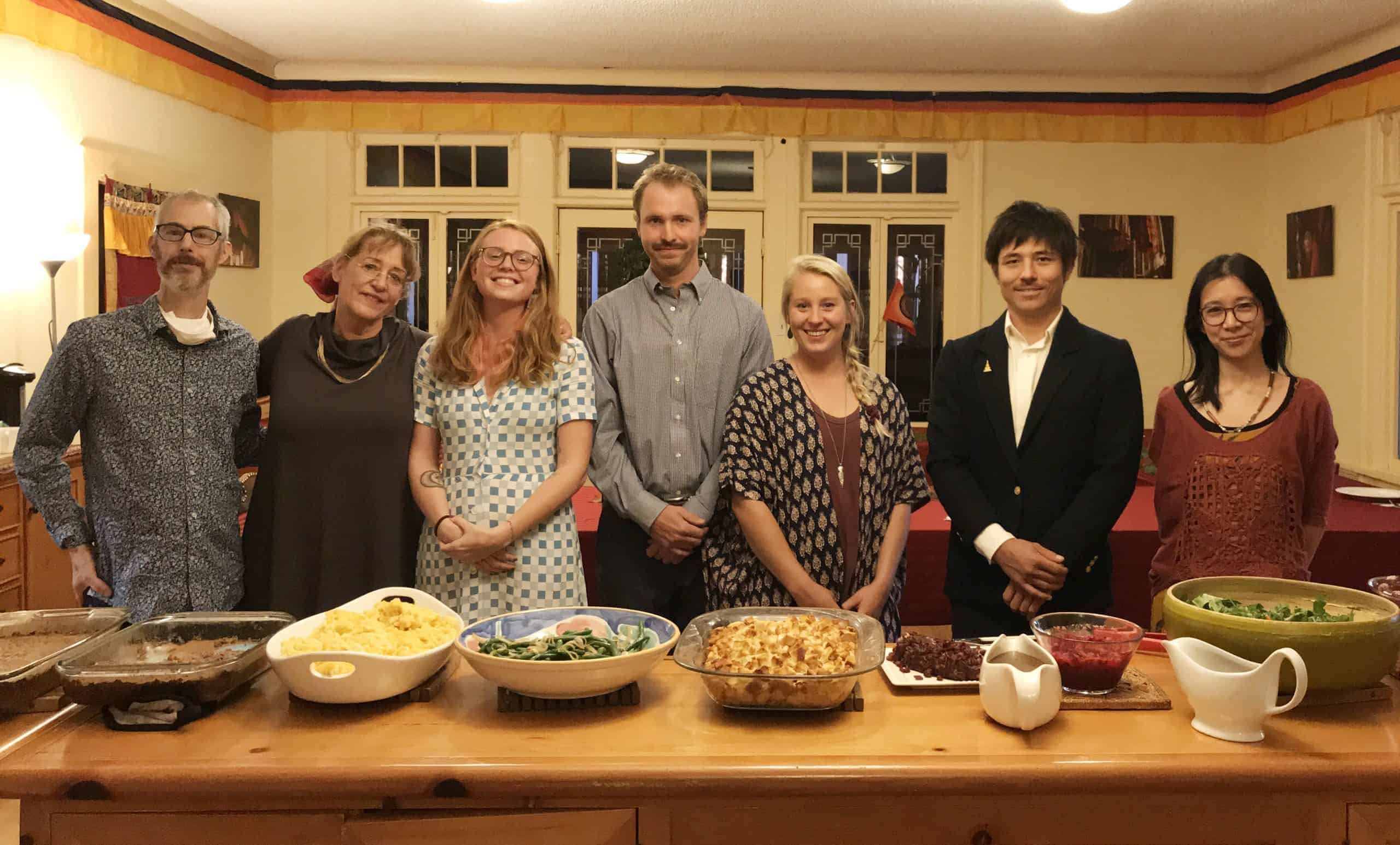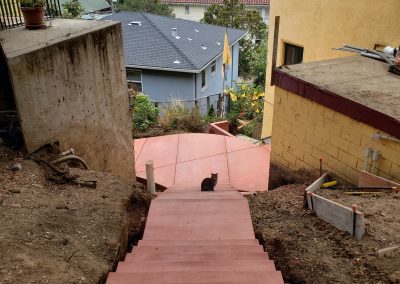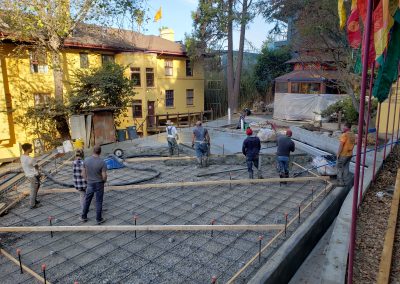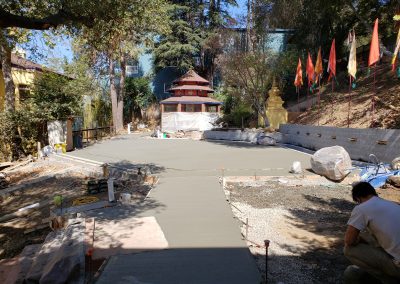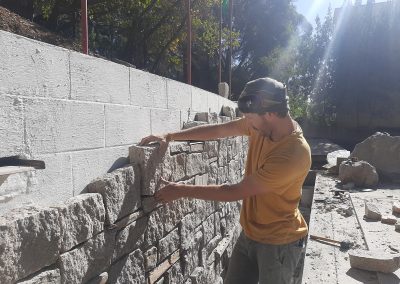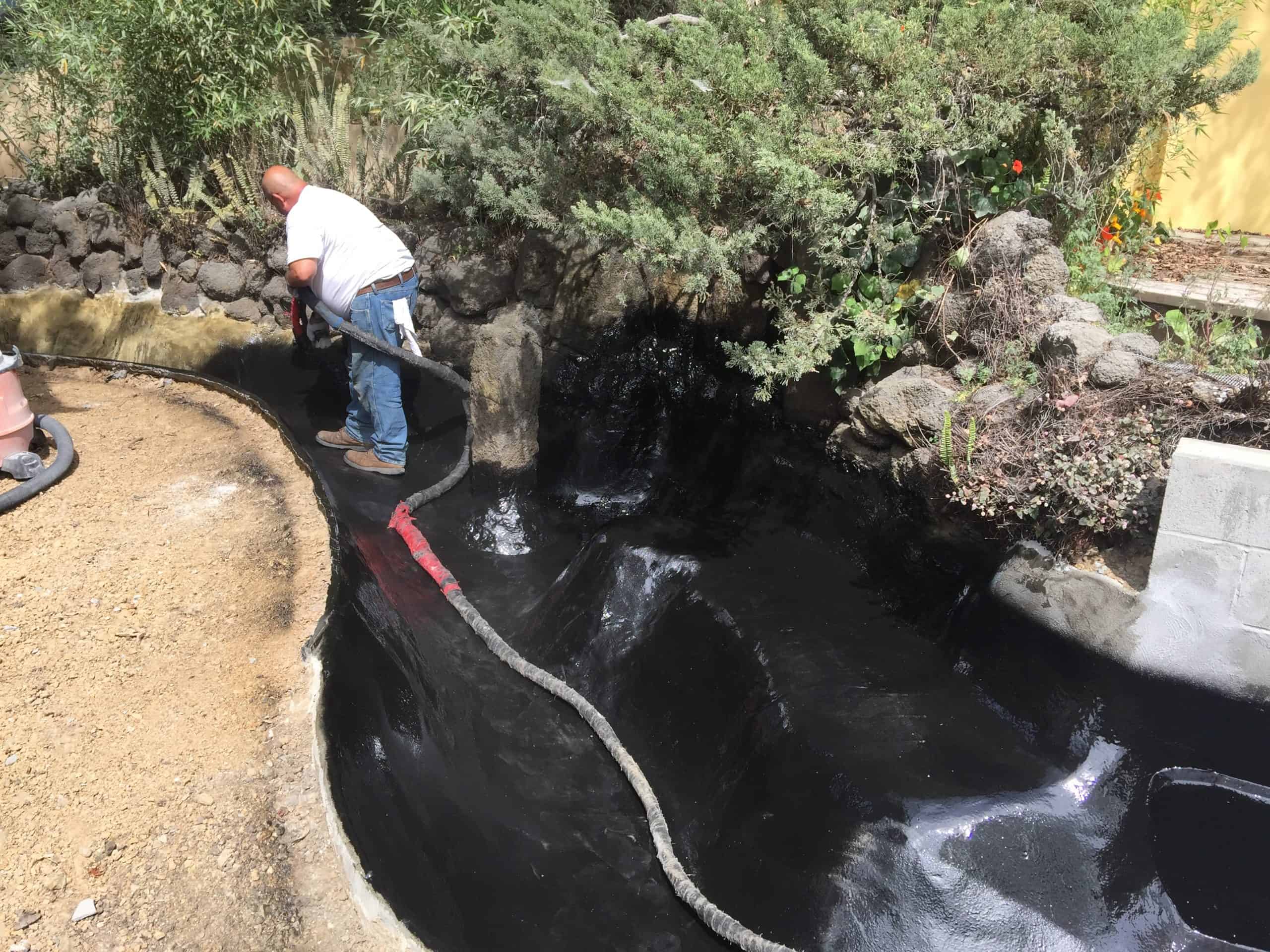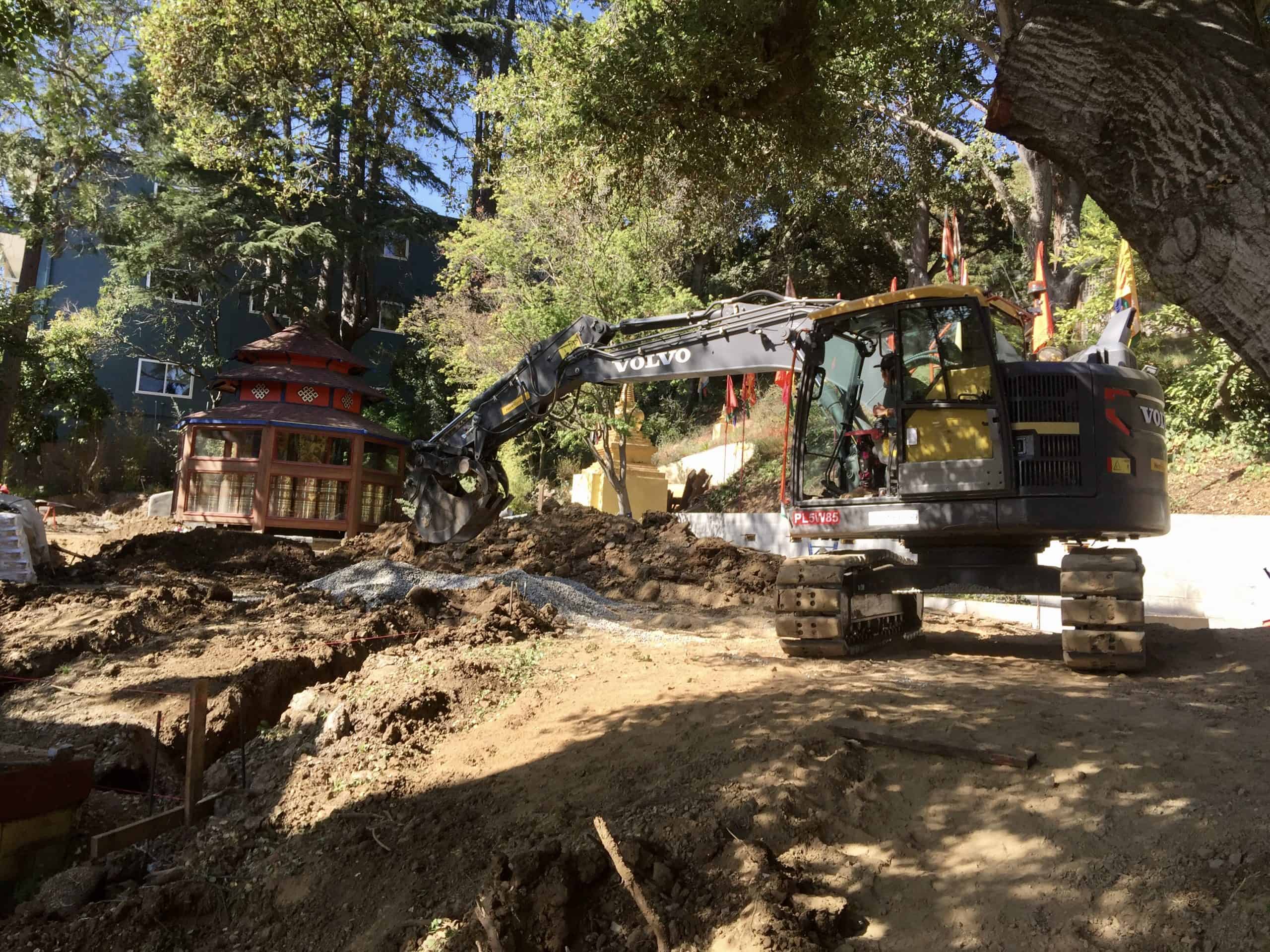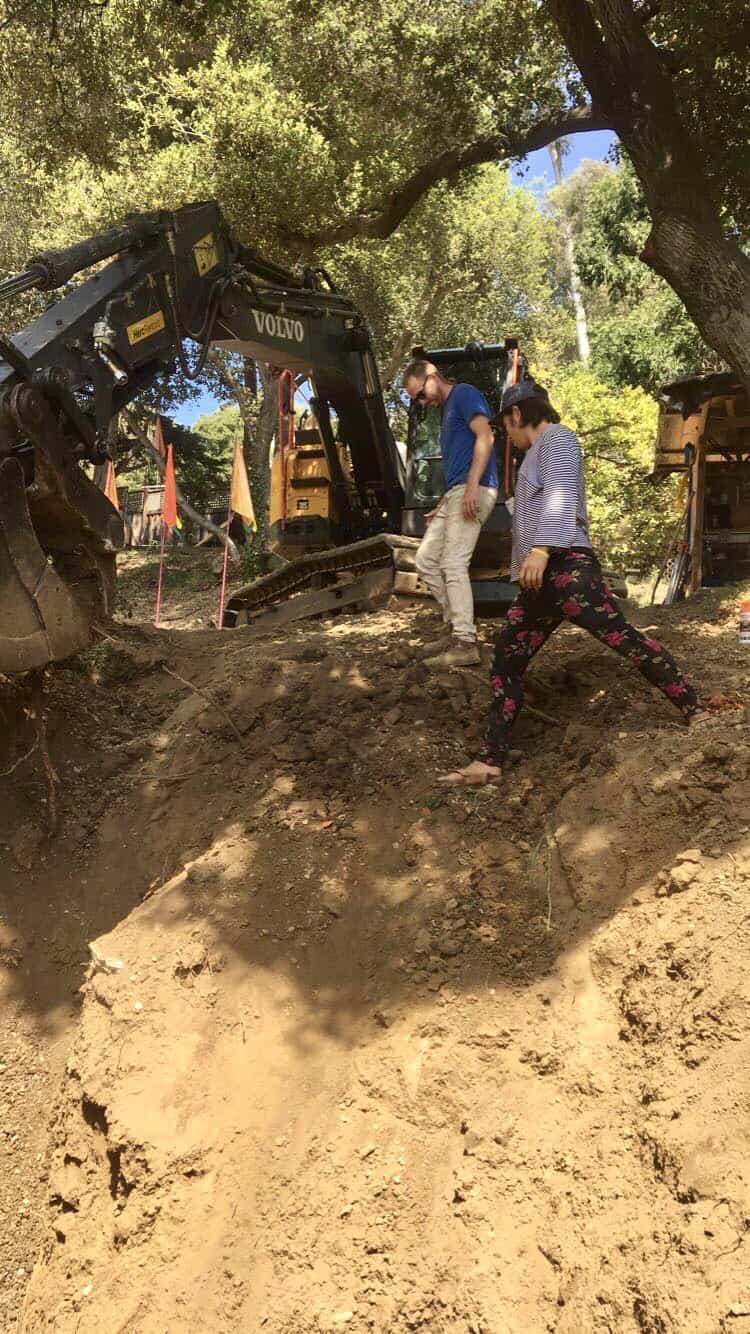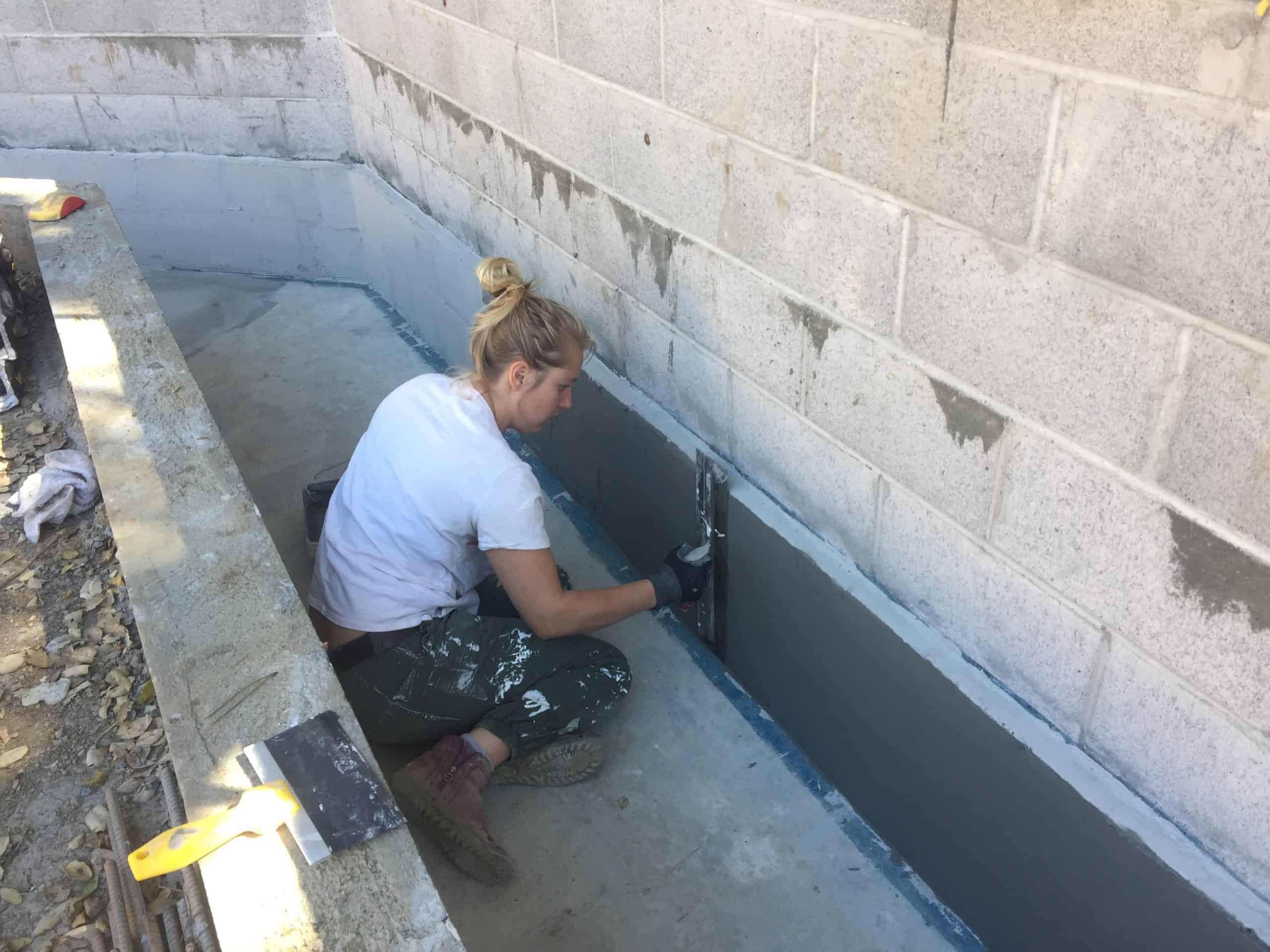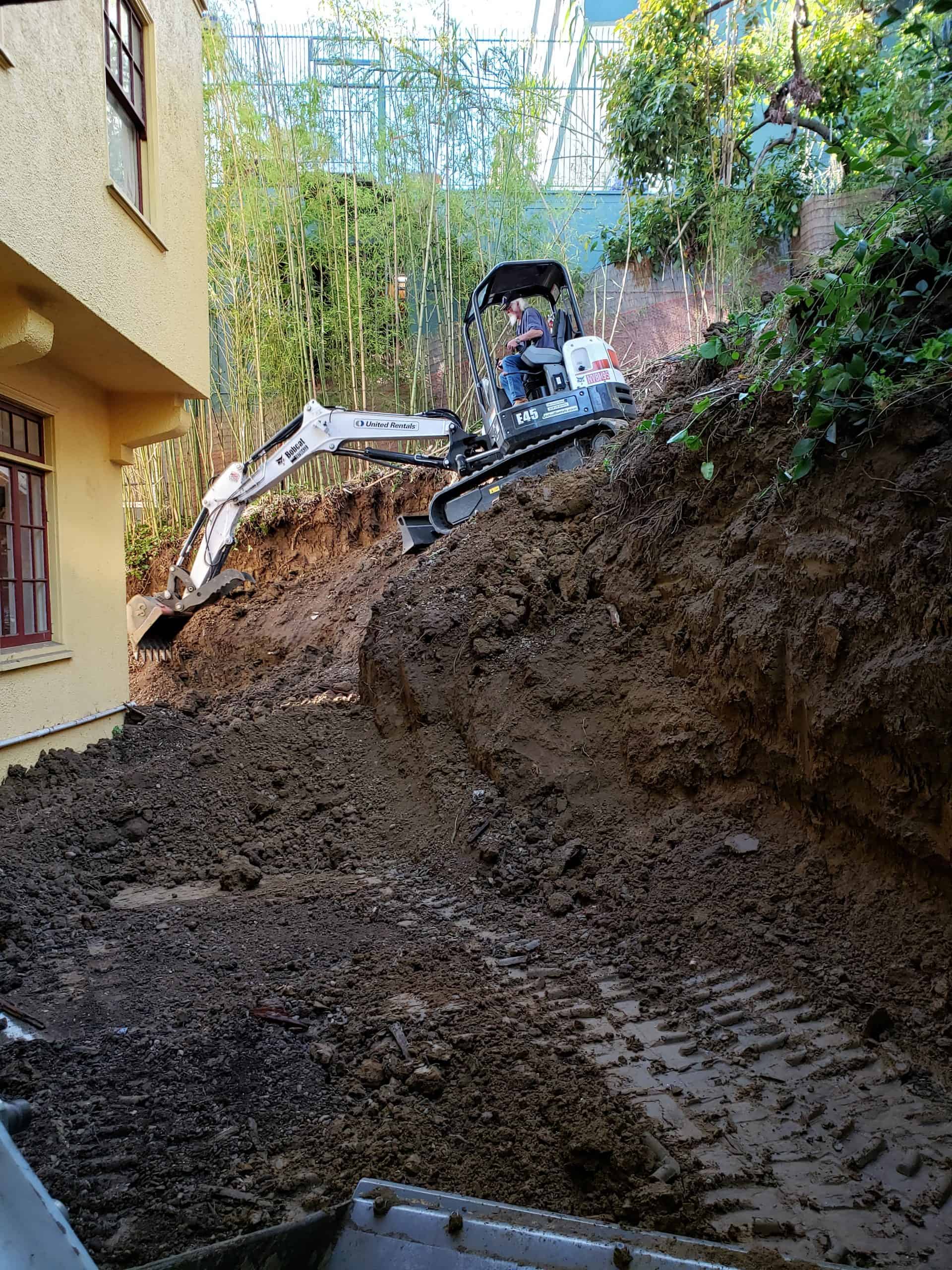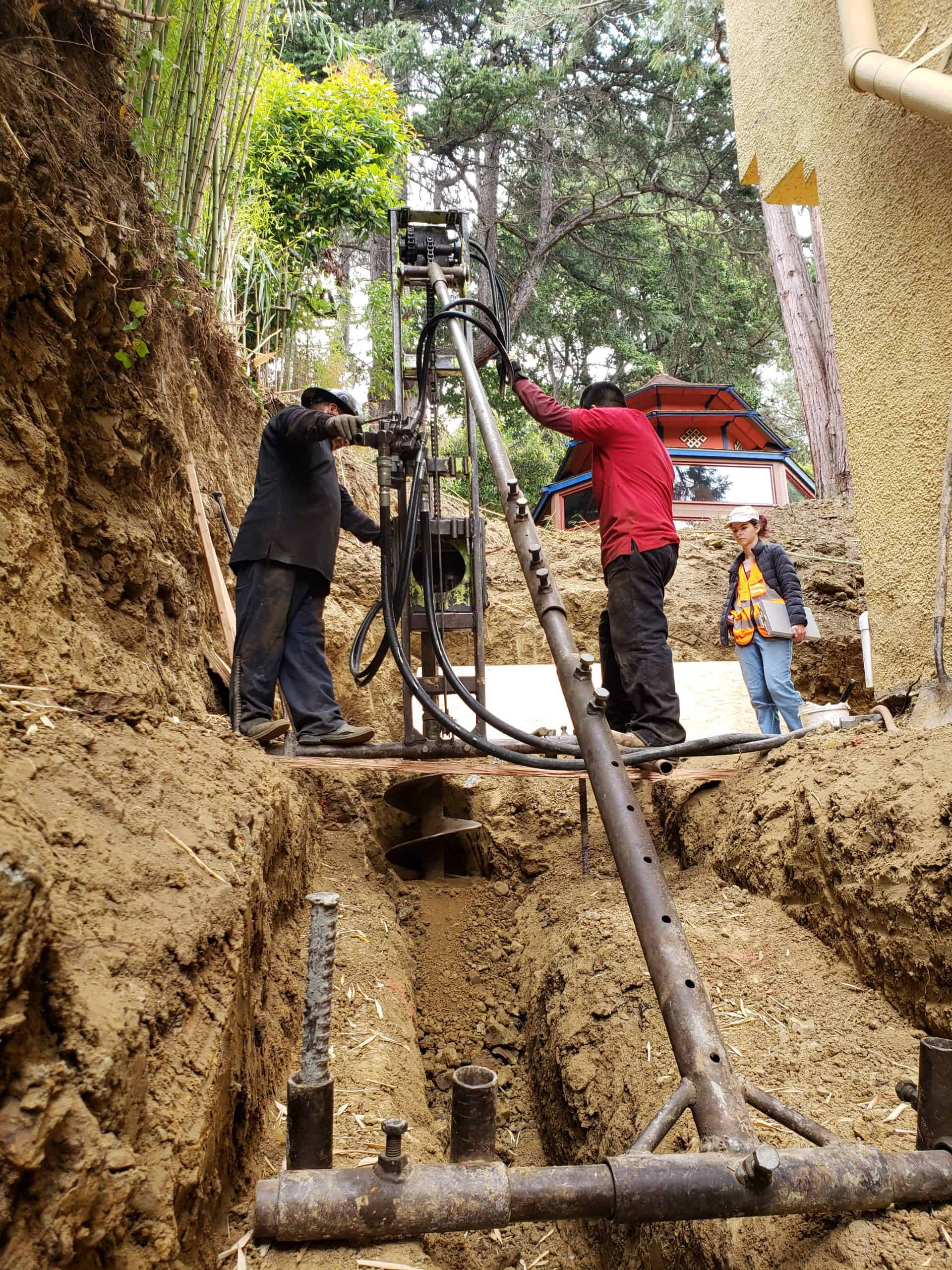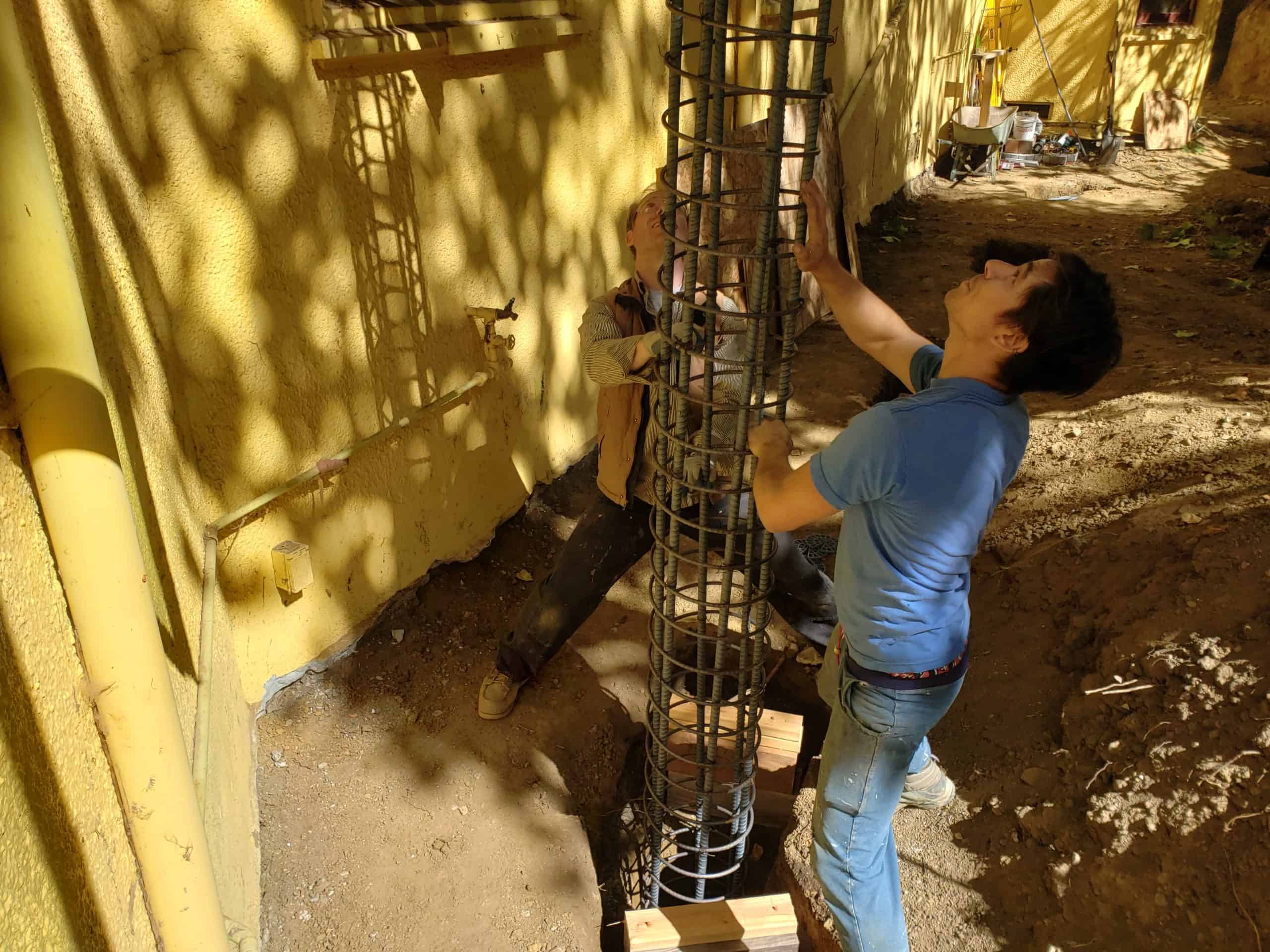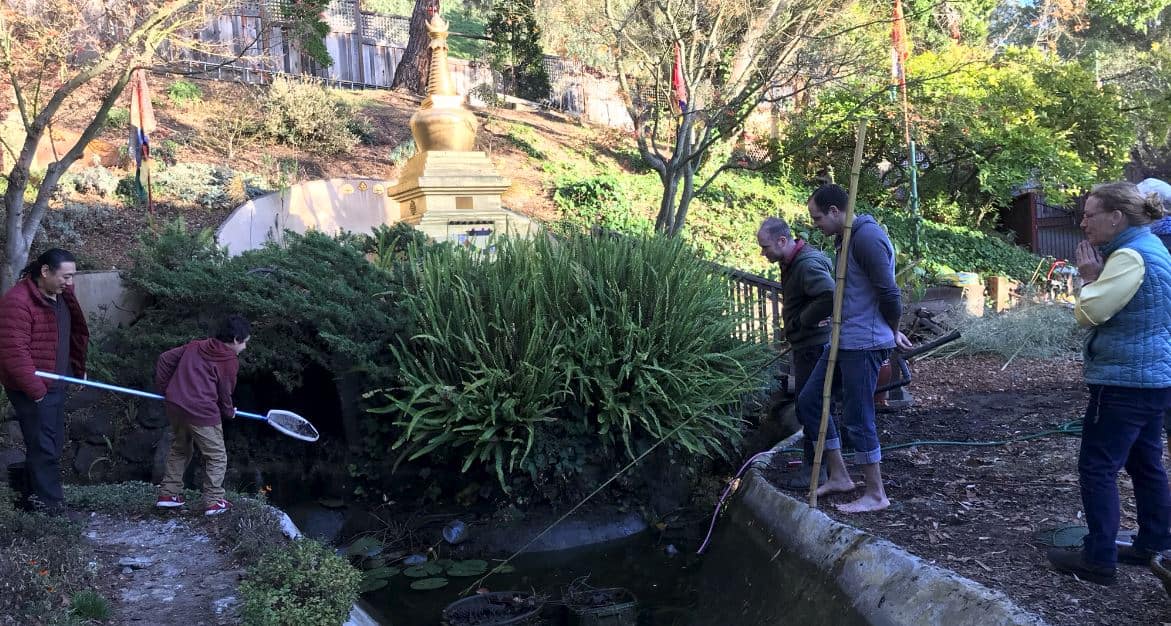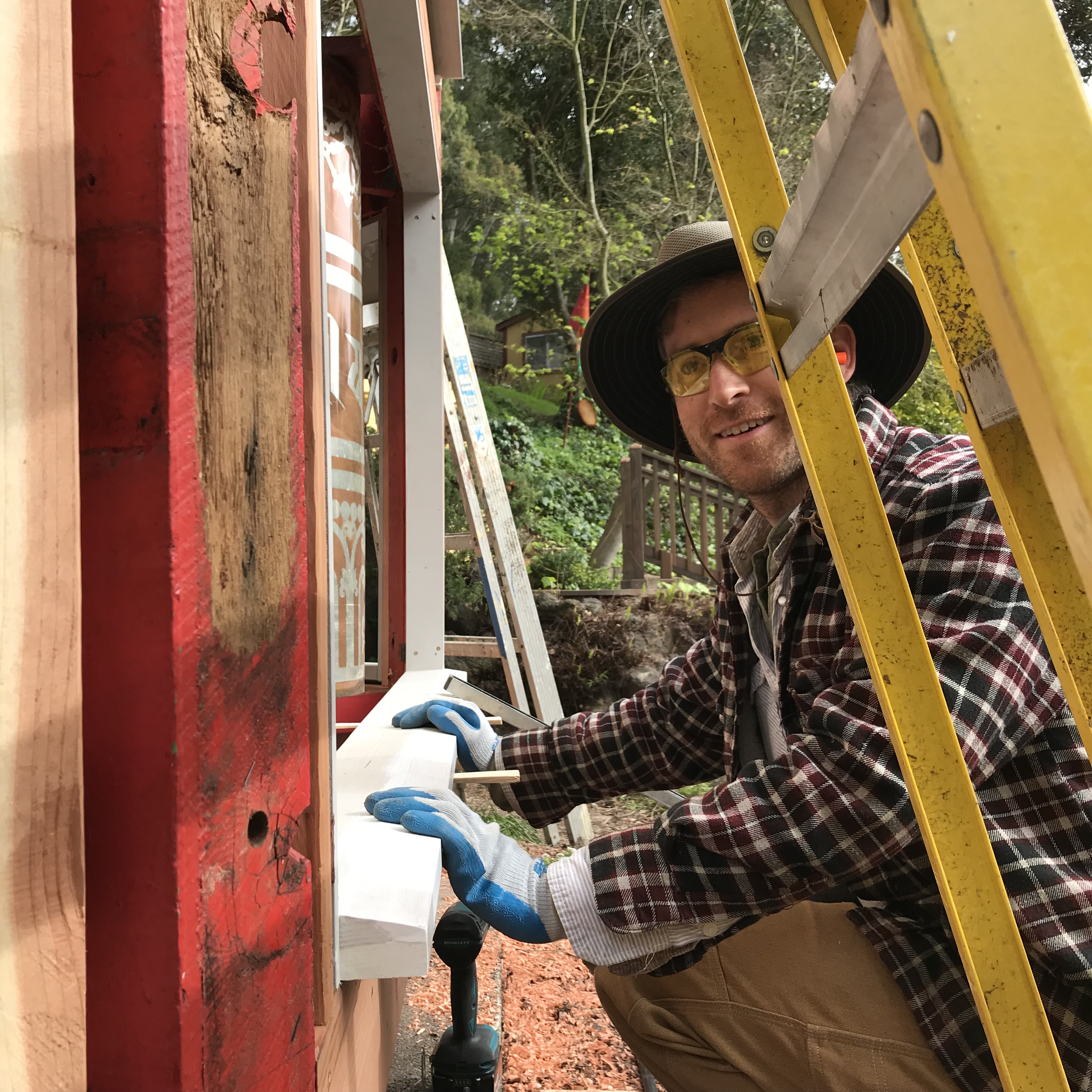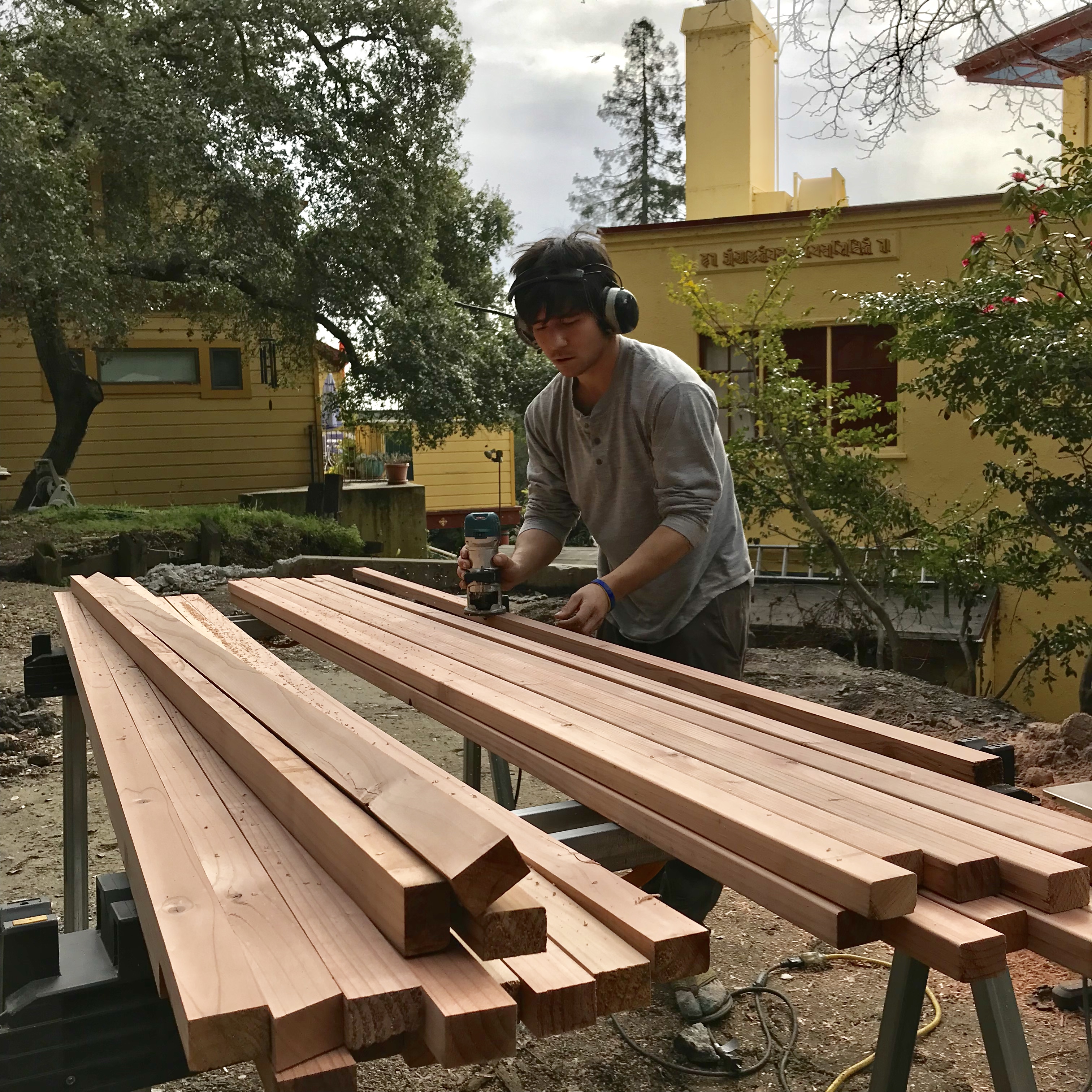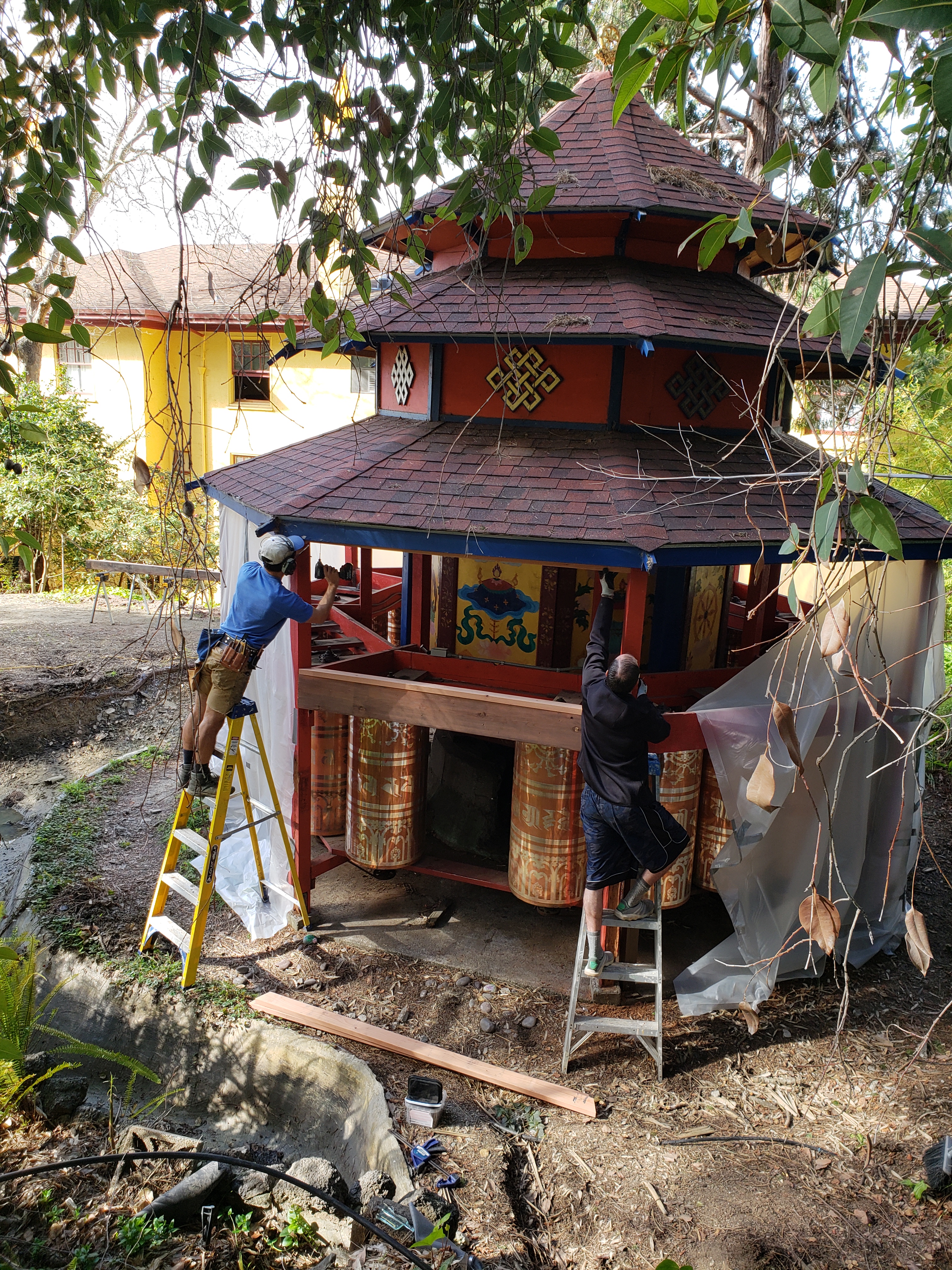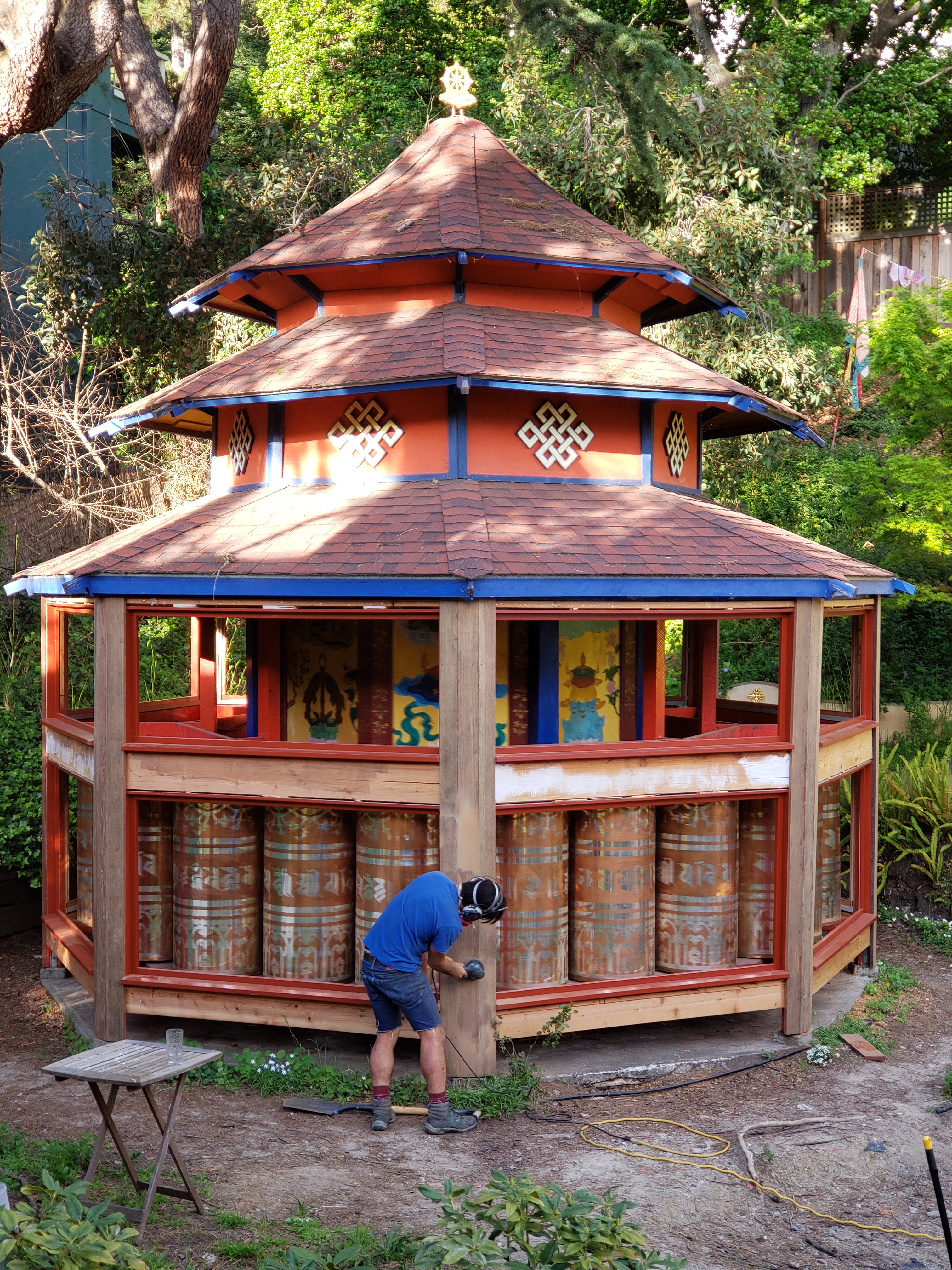Early Planning & Coordination
Interview with Nathan Galanter
April 22, 2020
When did planning for the garden project begin?
Nathan: The seed of the garden project started much earlier but I began actual planning full time after finishing the drum project. All of us contributed our ideas together with Pema and Palzang and I started with that pencil drawing followed by the SketchUp model as well as that storybook [a presentation with reference images and a narrative of the garden’s intended use]. That was the start of March 2018. The first meeting with David Warner and John Wong at the Institute occurred a month later at the beginning of April 2018. It’s been over two years!
When did the vision of the garden take hold for you? What about the project has been most exciting for you?
I think I really started to see how encompassing the vision was as I was creating the 3D model. There were earlier drawings — I just found a transparency sketch dated Dec 8, 2016 — but it was during the modeling stage where all the different ideas were being worked out. There are so many parts to this project and hundreds of small decisions that have to be built up in line with each other in order to realize the full vision.
I am always interested in learning, especially when it comes to complicated problems and systems that are new and challenging. This project required a constant new education in various fields; a crash course in 3D modeling, building processes and materials, navigating the realm of city permitting, communication with contractors, or even just keeping on top of the budget and schedule.
It’s also inspiring to bring in professionals at the top of their field to help us realize this vision. Their sense of discipline, knowledge, attention to detail, communication, and dedication to the project even after several years is motivating. Also in project management it is necessary to be able to see the intended plan through each detail out to the end results so it is a great way to expand one’s own sense of vision. And of course I was also really excited about making sacred art!
What do you think might be interesting or helpful for other people to know about the process of bringing this project to life?
It was through community contacts and good luck that we ended up forming a relationship with our architect. That was an important moment that set the course of the project. (A similar combination of reaching out to our community and happenstance also gave us the great crew that’s bringing this vision into reality!) When tackling a project of this nature you have to work with many different parties. It can be a challenge to communicate with a multitude of contractors and city officials but it was really neat to see how willing people were to give information and aid in making the vision a reality if we remained patient with the process. After months of planning and waiting, finally seeing the permit accepted by the city was very gratifying for everyone!
The early stages of construction are usually messy and the foundation work done is mostly never seen [as it gets covered up by later stages]. However it is critical for supporting and protecting the functioning topical elements including all the sacred art and architecture. Seeing the heavy machines digging after so much planning was very cool.
By New Year’s, the very beginning of 2020, we hit the milestone of finishing 150 feet of retaining wall to protect the main building and that was very satisfying. A lot of difficult work was done and those pier footings reach 18 feet deep, so it’s going to protect the building for a long, long time. A month or so later we finished all the retaining walls on the site and so all of the landscape is now secure.
There is a good amount of construction still to be done, and of course we are all looking forward to seeing the finishing touches [including the stone veneers, landscaping, and sacred art elements]!
How do you think that this project is an extension of Rinpoche’s vision? How do you view your own work/service in relation to this? What are your hopes for this project, in terms of the intentions going out into the world?
The Padmakara garden project is an extension of the offerings of the lineage. It is one contribution, among many, to the manifestation of the Buddhadharma in our time. The impetus you might say came from the leadership of the Institute directors Pema and Lama Palzang, who initiated the concept and are providing the backbone of commitment to see it through. Groundwork was also laid by previous community efforts, resources, and leadership with the desire to transform the landscape into a space of sacred offering. Which in turn was all made possible by the Institute’s very existence created through Rinpoche’s visionary activity. His work to preserve and carry on the lineage of his teachers is on a vast scale. We have the opportunity to enter this field of merit in our work through projects such as this one. That is how I view my small part of service in the context of the garden’s creation.
The intention to manifest a beautiful space for inspiration, teaching, and practice is our guide and I hope the result is long lasting and of benefit for all the sentient beings who come to visit.
Sentient beings inclusive of both people and the local critters?
Yes! I look forward to seeing the goldfish and dragonflies enjoying the garden again.
